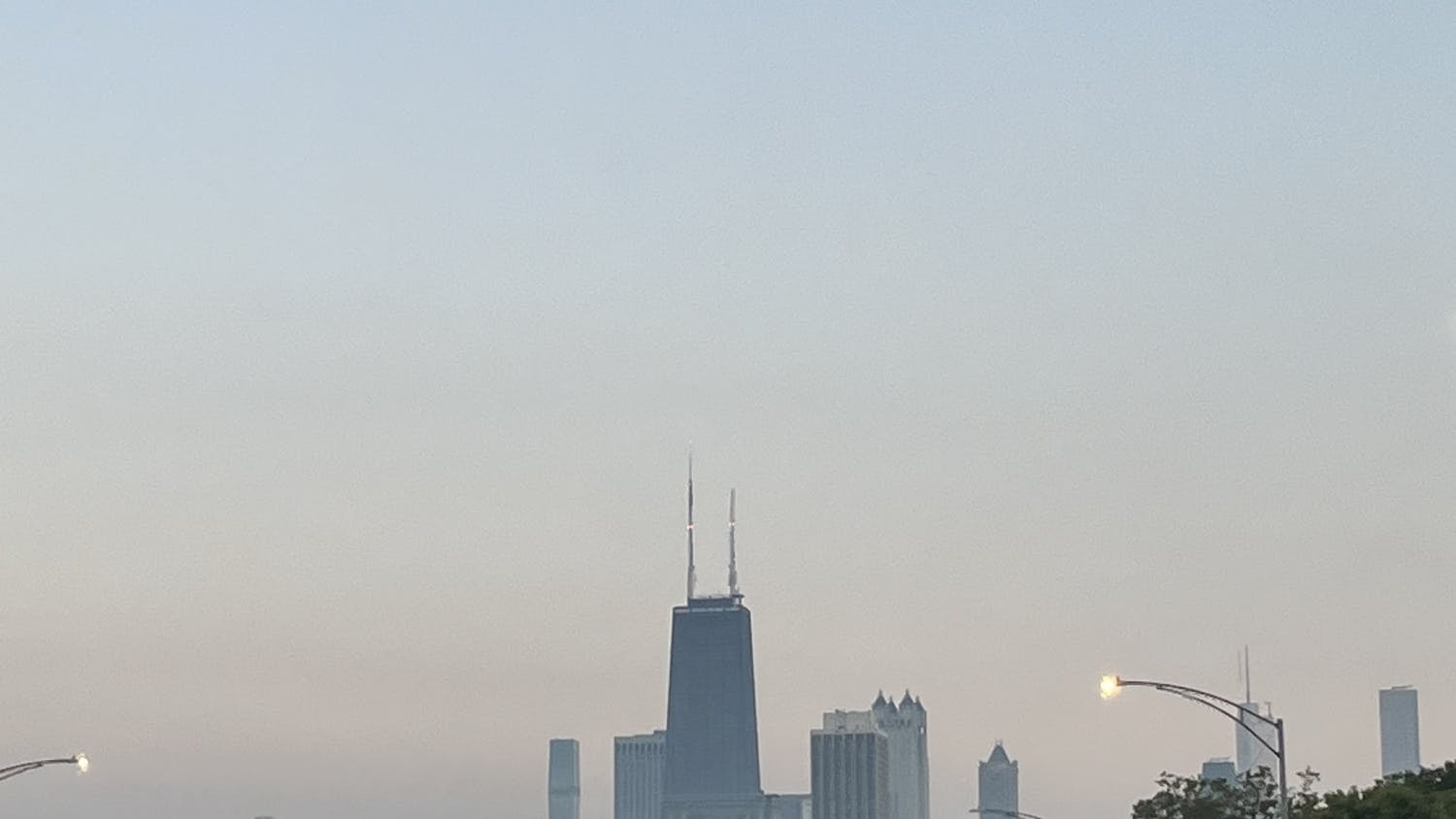The current border wall between the U.S. and Mexico — constructed over the last 13 years under the Secure Fence Act of 2006 — barely affects migration patterns between the two countries and harms the U.S. economy, according to a working paper recently published by Dartmouth professor of economics Treb Allen and his colleagues at Stanford University.
The study analyzed the substantial expansion of the border wall between the U.S. and Mexico from 2007 to 2010. The researchers found that the total effect of the wall expansion was that it reduced the number of Mexican citizens living in the United States by 0.6 percent, or roughly 82,600 people.
Allen said this decrease in migration negatively impacts the U.S. economy.
“The primary impact is that [the decrease in migration] moves economic activity into Mexico and away from the U.S.,” Allen said. “That lowers the U.S. real GDP.”
According to Allen, the 0.6 percent reduction in Mexican immigration accounts for the total of both authorized and unauthorized immigrants, with a majority of them being unauthorized immigrants coming into the U.S.
The paper also estimates that for low-skilled U.S. workers who do not have a college degree, the wall expansion under the Secure Fence Act raised their average annual income by 36 cents. College-educated U.S. workers, however, lost an equivalent of $4.35 in annual income. Both college-educated and less-educated Mexican workers lost on average $2.99 and $1.34 in annual income respectively.
“Given our estimates, we found that there is no one that benefits by a large amount from the construction of the wall,” Allen said. “There’s no evidence that we find in the data that even the small reduction of the number of Mexican workers living in the U.S. has a large positive impact on the wages of U.S. workers.”
Allen’s paper includes a section on counterfactual policies that considers the economic impact if the U.S. had undertaken two other policies. Results show that a more extreme border wall expansion would barely benefit U.S. workers, while a decrease in the costs of trade between the U.S. and Mexico would substantially raise the annual income for both college educated and less educated U.S. workers.
“It might be even better to just expand trade with Mexico, which would have the same effect on migration but also a positive impact on [the U.S. economy],” said economics professor Ethan Lewis, who provided empirical advice for Allen’s paper.
The study based its work on the Matrícula Consular database — a confidential database from the Mexican government that documents the information of Mexican immigrants and their movements along the U.S.-Mexico border. The Matrícula Consular is a form of identification that allows Mexicans to engage in economic activities the U.S. such as opening a bank account.
“You can look at the demographics, what’s the fraction of men versus women, what’s the fraction of ages, [and there’s also] a little bit of information about their education and skill levels,” Allen said. “All those seems to suggest that the population that gets the ID cards are skewed toward [lower-skilled], male, younger immigrants that suggest [that] they are unauthorized.”
Maria Caballero, a Ph.D. student at the Heinz College of Information Systems and Public Policy at Carnegie Mellon University, used the same Matrícula Consular dataset in Allen’s border wall research for another project, and confirmed that large numbers of Matrícula Consular holders are unauthorized immigrants.
“Even though we cannot say for sure that all of these ID card holders are unauthorized, most of them are,” Cabellero said. “Because there are no other reasons or incentives to get these cards if you have any other official form of identification.”
Lewis pointed out that the migration flow data is “good” even though it does not perfectly represent Mexican immigrants in the U.S.
“There is this pattern of migration that [is] long established between particular parts of Mexico and particular parts of the U.S, so it’s hard to really criticize that,” Lewis said. “The data they are using is this Matrícula Consular data, which are not necessarily a random sample of Mexicans [because] you have to apply to get these Matrícula Consular [cards].”
Allen said his team began its research on the border wall prior to the 2016 presidential election, adding after the election, the team had greater incentives to write the paper. The researchers submitted their first draft at the end of 2018 to the National Bureau of Economic Research, and it is currently going through peer review process.
Lewis said he hopes the paper could shed light on the current debates about border walls and immigration.
“I hope [the paper] is informative,” he said. “It’s not necessarily going to be decisive. There’s a lot of people that want to do things in spite of the fact, but I think it puts some weight on the side that [expanding border walls] would not be an effective policy.”
Genna Liu ’19, a research scholar in the economics department, assisted Allen in his border wall research. She said she helped clean and combine the data and collaborated with research assistants at Stanford University.
Liu added that the research experience not only developed her skillset but also helped her adopt a perspective in thinking about border issues.
“Working on the project inspires me to look more into the issues of immigration and thinking of ways that I can help answer questions in that field,” she said.



